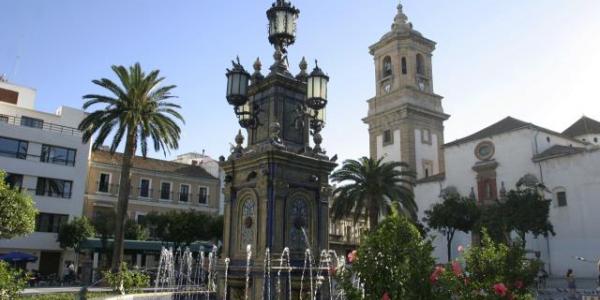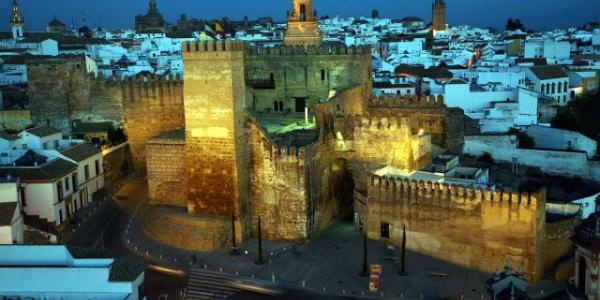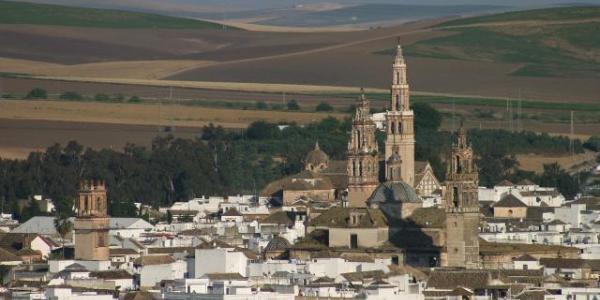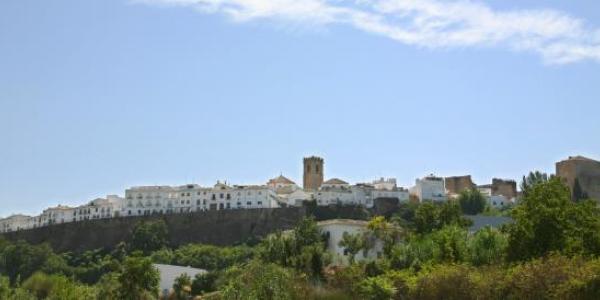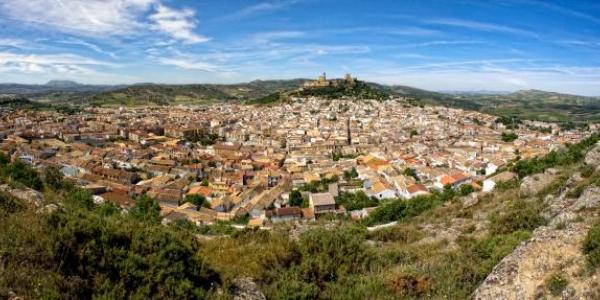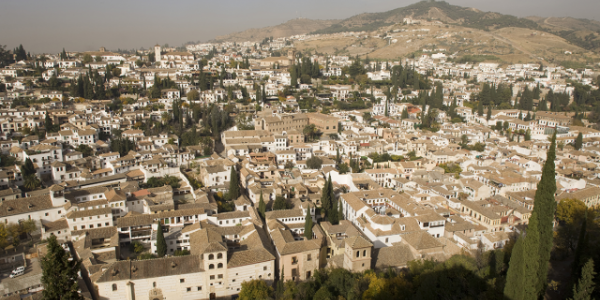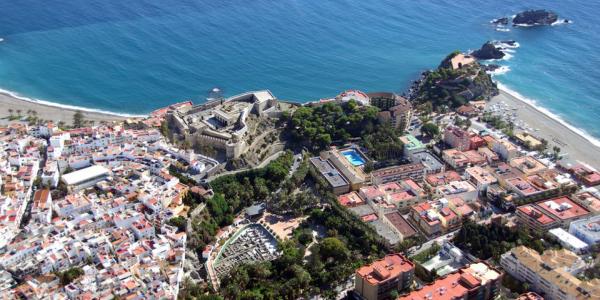
Aside from its own personality, Seville takes over many gastronomic influences from all over Andalusia, depending on the raw materials used in each of the provinces or areas of a so varied and different region.
Seville, the capital of Andalusia, has embraced the most important cultures, beginning with the Romans and continuing with Muslims and Jews. Although each of them has left their own mark, we have to recognize that the greatest influence -as in the entire Andalusian cuisine indeed- has been bequeathed by Muslims.
Undoubtedly, the popularity of fish in Seville is due to “its” Guadalquivir River. Marinated fish is very typical in Seville, prepared with crushed garlic, oregano, bay leaf, ground red pepper, salt, water and vinegar. Salted fish is also a very popular way of cooking it. Sevillian restaurants offer gilt-head bream, sea bass and other fish of similar size.
In the long tradition of fish in Seville, codfish deserves a special mention. It has always been present in the Sevillian cuisine, prepared in many ways and as part of innumerable dishes, such as codfish with tomato sauce, “colorao” (coloured) codfish, codfish pavía (rolled in batter), etc.
The creation of an area of rice fields in the Guadalquivir marshes has made rice appear in dishes of this region. Thus, “soupy” rice is accompanied with crayfish, duck, pigeon, thrush or hare. Also gazpacho and salmorejo, prepared with a basis of tomato and vegetable are the leading season dishes in the summer.
And we cannot leave out the tapas ritual around the city bars and restaurants; tapas comprise a whole range of products standing out for their variety and the way of preparation, such as pork cold meats, flamenquines (ham stuffed meat rolls), pringá (pork sausages, meat and lard) or chickpeas with spinach.
Among the most typical sweets, torrijas (fried bread with honey) are very popular during the Holy Week, following a Muslim recipe –although enriched with wine- and the yolks of San Leandro, made in the convent of the same name , a sweet made with sugar and egg’s yolk.
The solid artisan tradition, derived from the activities of the Guilds of yesteryear, offers a broad spectrum of the most varied products. Apart from the delicious confectionary of the enclosed order convents, there are all kinds of other products: Triana ceramics, with tiles and brightly painted objects, silver and goldsmiths, embroidery, textiles, sculpture, and other trades relating to the ‘fiestas’, cabinet-making, leather goods, wrought iron, glass, the manufacture of musical instruments and bookbinding.



